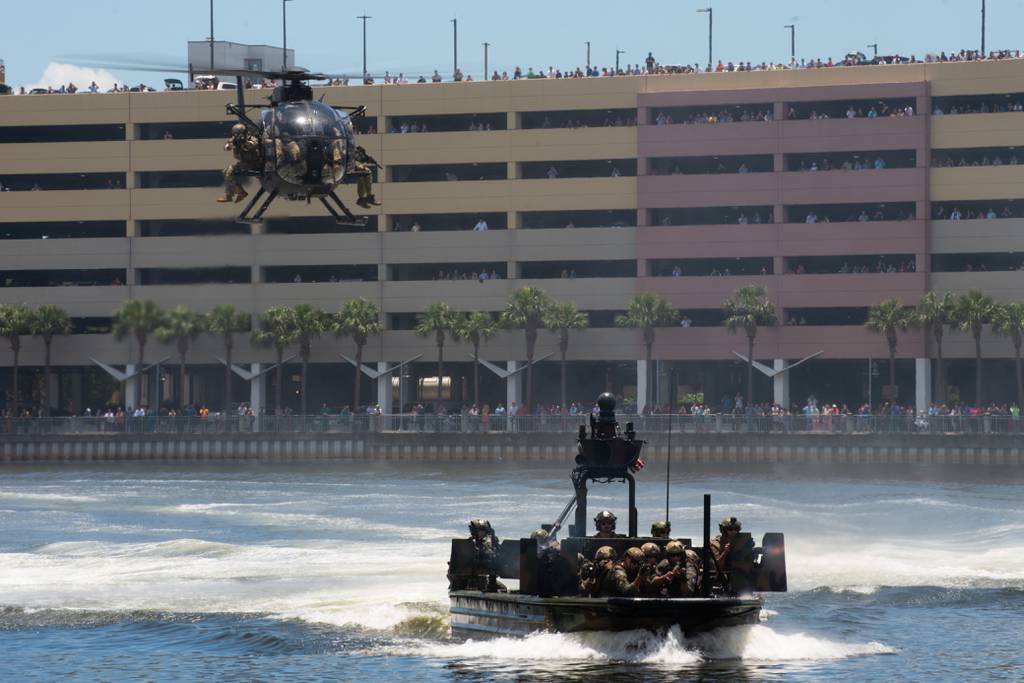
For decades, USSOCOM has relied on the A/MH-6 Little Bird helicopter, a commercial model adapted for military use. Despite ongoing upgrades to maintain its operational capabilities, the helicopter is expected to face challenges in keeping pace with modern requirements.
The Future Attack Reconnaissance Aircraft (FARA) program of the Army was initially expected to provide a modern replacement for the Little Bird by the mid-2030s. However, this program was abruptly terminated in February.
“The cancellation of FARA alters our plans significantly, as it was poised to become the armed platform designated to succeed the Little Bird,” explained Steven Smith, USSOCOM’s program executive officer for rotary wing programs.
Speaking here Tuesday during the Special Operations Forces Week conference, Smith said the move would also push the use of the MH-60M Black Hawk helicopter into the 2050s or longer.
“So now we don’t have that solution available. We are going to be sustaining those aircraft for a long time,” Smith said.
The Little Bird is built by personnel at the 160th Special Operations Aviation Regiment (Airborne) at Fort Campbell, Kentucky.
Defense News reported as early as 2016 that USSOCOM was examining the strain and capability gaps of the aircraft. Only that command uses the aircraft, so it must pay the bill for any work on the platform. For other military aircraft, such as the Black Hawk or the Chinook, the command can benefit from regular Army upgrades.
In 2022, officials at this conference noted the Little Bird’s speed was slowing existing formations and could not keep up with future aircraft. To fill the gap, the rotary wing program director at the time, Geoff Downer, said the military would pursue hybrid power, or electrification, which would push speeds beyond the current maximum speed of 80 knots.
But that’s no longer a near-term option. “I just don’t think the funding’s there to support that electrification work,” Smith said Tuesday.
Smith added that he’s looking to industry for improvements to the drivetrain and rotor blades that could help with speed.
The aircraft is in the midst of receiving a next-generation tactical radio system, improved sensor systems and a new fuselage. The Boeing-built fuselage raises the gross weight limit to 5,000 pounds, up from the previous 4,700 pounds, which required multiple integrated kits, Smith said.
Those previously planned upgrades will keep the Little Bird flying until 2034, according to timelines shared during Smith’s presentation.
Beyond that date, USSOCOM is looking for new solutions, he added.
Author: Todd South
Source: DefenseNews



